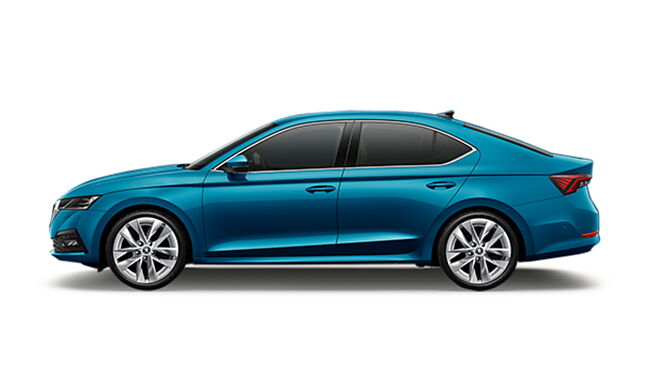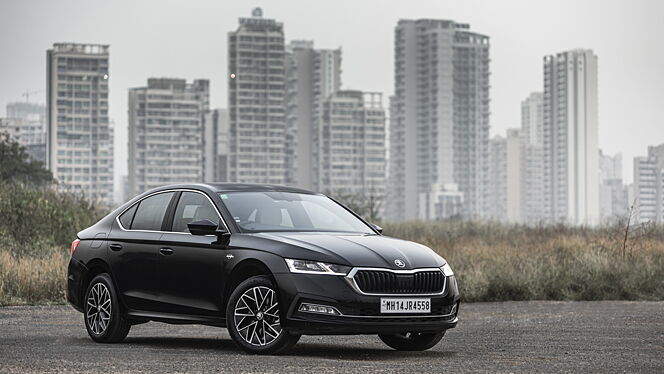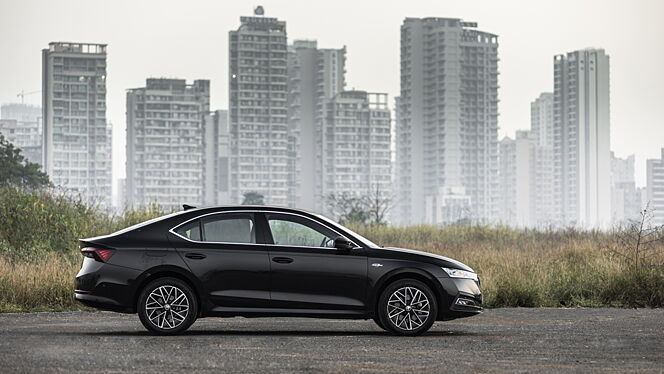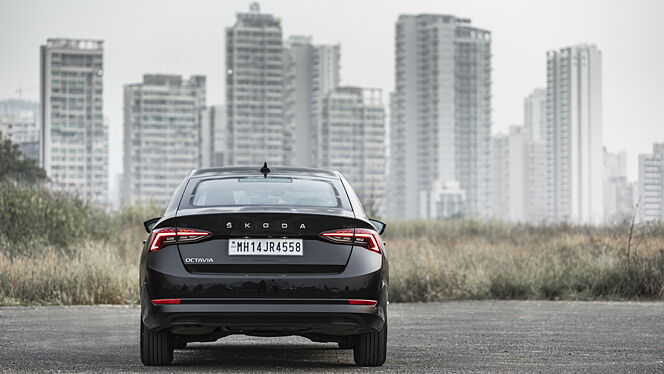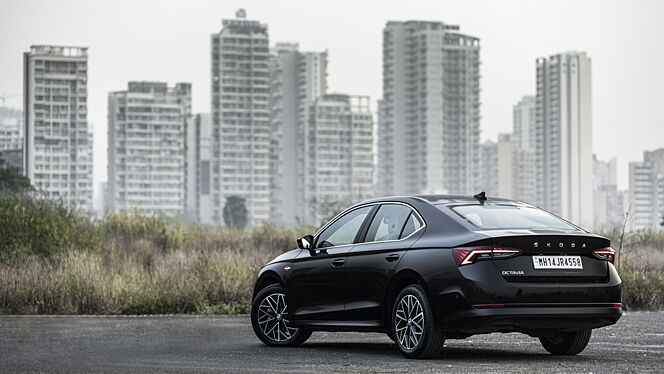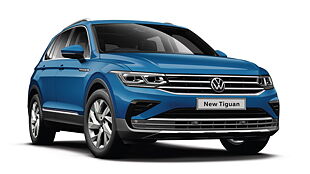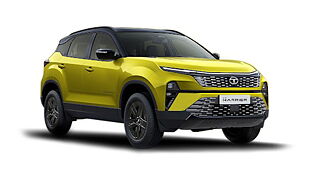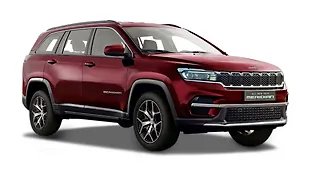Skoda Octavia Style 2.0
Skoda Octavia Style 2.0 Summary
CarWale's Take on Skoda Octavia Style 2.0
Good Things
- Sharp/handsome - Inside and out, lesser drama in Skoda's latest Octavia design
- Luxurious interior - Screams premium, lots of tech, beige trim makes it feel airy
- Space and comfort - Large comfy seats with ample leg, head and shoulder room, big boot
- Peppy motor - Smooth engine, quick-shifting gearbox, punchy throughout the rev-band
- Engaging to drive - Owing to the firm damping, well-judged chassis engineering
Could be Better
- Lifeless steering - There's not much heft, and the driver is left wanting more feedback
- Steep pricing - The Octavia can get quite pricey, especially in the top-end avatar
- Ownership experience - Although improving, it isn't in the league of most rivals
Skoda Octavia Style 2.0 Verdict
Armed with an overall package that honestly ticks all the boxes, it's rather taxing to fault with the 2021 Skoda Octavia. But that's when you come across an exorbitant price tag which has one scratching their head in awe.
Skoda Octavia Style 2.0 Review
New Skoda Octavia First look
Octavia Style 2.0 Specifications & Features
- Specifications
- Features
- Specifications
- Features
Specifications
Engine & Transmission
- Acceleration (0-100 kmph)9.3 seconds
- Engine1984 cc, 4 Cylinders Inline, 4 Valves/Cylinder, DOHC
- Engine Type2.0L TSI Turbocharged I4
- Fuel TypePetrol
- Max Power (bhp@rpm)188 bhp @ 4180 rpm
- Max Torque (Nm@rpm)320 Nm @ 1500 rpm
- Mileage (ARAI)15.8 kmpl
- Driving Range791 km
- DrivetrainFWD
- TransmissionAutomatic (DCT) - 7 Gears, Manual Override & Paddle Shift, Sport Mode
- Emission StandardBS 6
- Turbocharger / SuperchargerTurbocharged
- Valve/Cylinder (Configuration)4, DOHC
Dimensions & Weight
- Length4689 mm
- Width1829 mm
- Height1469 mm
- Wheelbase2680 mm
- Ground Clearance137 mm
- Kerb Weight1430 kg
Capacity
Suspensions, Brakes, Steering & Tyres
Features
Exterior
Braking & Traction
Safety
Comfort & Convenience
Lighting
Locks & Security
Doors, Windows, Mirrors & Wipers
Entertainment, Information & Communication
Mobile App Features
Storage
Seats & Upholstery
Instrumentation
Manufacturer Warranty
Other Octavia Variants
| Variants | Price | Specifications | |
|---|---|---|---|
Rs. 27.34 Lakh | 5 Person, FWD, 320 Nm, 137 mm, 1430 kg, 600 litres, 7 Gears, 2.0L TSI Turbocharged I4, No, 50 litres, 791 km, No, Front & Rear, 9.3 seconds, 14 kmpl, 5 Star (Euro NCAP), 4689 mm, 1829 mm, 1469 mm, 2680 mm, 320 Nm @ 1500 rpm, 188 bhp @ 4180 rpm, Keyless, Yes (Automatic Dual Zone), Front & Rear, 1, Reverse Camera with Guidance, Wired, Wired, No, Yes, No, 6 Airbags (Driver, Front Passenger, 2 Curtain, Driver Side, Front Passenger Side), Yes, 1, BS 6, 4 Doors, 15.8 kmpl, Petrol, Automatic (DCT), 188 bhp | Get Offers from Dealers |
Octavia Alternatives
Explore Used Skoda Octavia
Octavia Style 2.0 Colours
The following 3 colors are available in Octavia Style 2.0.
Skoda Octavia Style 2.0 Reviews
- (16 Ratings) 9 Reviews
3.8/5
- Skoda Octavia ReviewI bought this instead of Virtus just because Virtus coasts 21 lac and this car coasts 5\6 lac more but it offers tons of features and performance driving experience is smooth because of 2.0 engine and dsg gear box servicing and maintenance is little bit higher side but its okay since its luxurious carRating parameters(out of 5)4
Exterior
5Comfort
5Performance
3Fuel Economy
5Value For Money
About the ReviewerPurchase UsedDriven forFew thousand kilometersRead MoreWas this review helpful?41 - Beast of a Sedan in under 35 lakhVery good customer support and sales support from mahavir skoda . Pros Very good looking car . Superb interior . Impeccable build quality fun to drive. CONS : Little overpriced. Low mileage, little high service costRating parameters(out of 5)5
Exterior
5Comfort
5Performance
3Fuel Economy
4Value For Money
About the ReviewerPurchase NewDriven forFew hundred kilometersRead MoreWas this review helpful?30 - Skoda Octavia is best in its class.Octavia is my best car in its class, build quality is very good, i fell in love with the engine and the comfort that Octavia provides, thank you skoda. If you drive skoda cars you would never think about others cars buying.Rating parameters(out of 5)5
Exterior
5Comfort
5Performance
5Fuel Economy
5Value For Money
About the ReviewerPurchase UsedDriven forIts my mate since agesRead MoreWas this review helpful?23
Octavia Style 2.0 FAQs
- Home
- Skoda Cars
- Octavia
- Style 2.0
